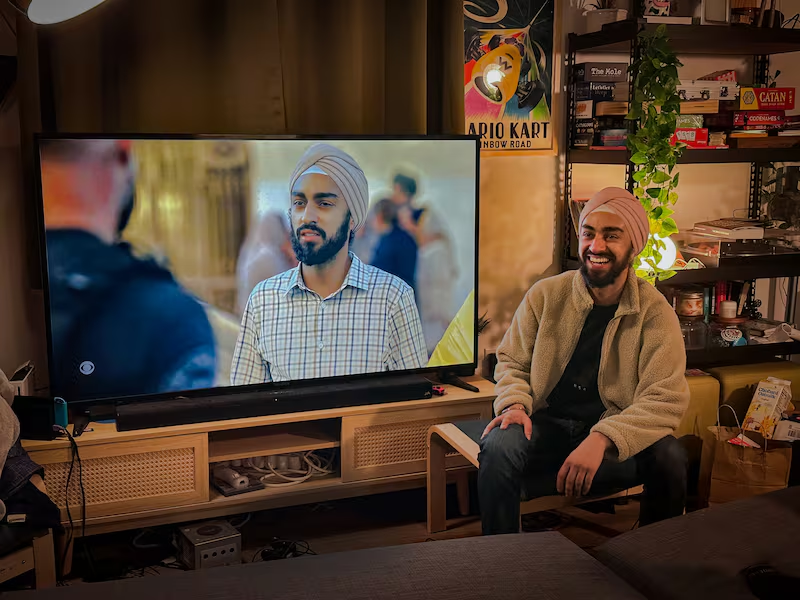Yesterday Paramount CBS released an episode of its award-winning show, S.W.A.T., that featured a young actor from the Sikh religion. The faith he practices isn’t one we typically see on primetime television, despite the fact that it’s the fifth largest religion in the world.
And typically, when we do see Sikhs in western media, they’re flattened stereotypes: taxi drivers with thick accents, or sympathetic figures who are targets of bigotry and hate. Media tropes and stereotypes have frustrated me because of how they lead to dehumanization, discrimination and violence. The Sikh community has experienced this first-hand.
But ours isn’t the only group to notice, nor is it alone in its frustration. A recent global study on religion and media found that 61% of respondents believe the media perpetuates faith-based stereotypes.
Many people of faith, including myself, are so used to seeing problematic and hurtful representations of our communities on screen that it feels unexpected when stories are more nuanced and authentic. These moments are few and far between — especially for minoritized communities like ours — and they stand out not because they are perfect, but because they feel more thoughtful. This is how I felt about the S.W.A.T. episode on CBS that aired yesterday. It caught my attention enough that I reached out to the Sikh actor in the episode, Jeevin Singh Neelam, who deftly plays the role of Raj, a “hero” who helps herd civilians to safety from the enemies.
Jeevin is one of the few turbaned Sikhs acting in Hollywood, and he told me that after being offered the part, he was pleasantly surprised by their thoughtful approach to authentically representing the Sikh community. But before he even joined, Paramount CBS reached out to a Sikh organization — the Sikh American Legal Defense and Education Fund (SALDEF) — to help with the casting process.
Jeevin auditioned for the role and received an offer, but the cultural sensitivity didn’t stop there. He told me about another South Asian on the set, Rippin Sindher, who was the director’s shadow and who was a resource for Jeevin in case he noticed something inaccurate or problematic.
“Having Rippin on set was great for me, because I knew I could go to her if there was a problem,” Jeevin said. “And being familiar with Sikh culture and traditions, she knew enough to help ensure authenticity herself. For example, one time, I suggested to her in one moment that we needed to re-tie my co-star’s turban because it didn’t look right. No one else would have noticed, but I noticed, and I’m so glad she was there to help affirm the importance of tying a turban that looked authentically Sikh.”
Jeevin also pointed out that part of the episode takes place in a gurdwara, a traditional Sikh place of worship, and that having the right team involved in designing it ensured that it looked accurate and reflective of the Sikh community’s lived experience.
According to Jeevin, the show’s leadership set a culture of openness and sensitivity because they understood the stakes of potentially doing it right, and that this culture filtered down to the cast as well. His co-star, Anirudh Pisharody, is not a practicing Sikh but played one in the episode, and demonstrated an admirable willingness to learn about the tradition and its people.
“I loved that Anirudh was so sincere about wanting to learn the culture and tradition he was representing. In between takes, or at lunch, he often asked me about what it was like to grow up as a Sikh, about some of our practices, and even about Sikh history,” Jeevin reflected. “That he felt so committed to getting it right felt like a reflection of the show’s commitment to getting it right, too.”
In a society where cultural ignorance is a norm and humility is hard to come by, I love that Jeevin’s experience on S.W.A.T. indicates otherwise. It also gives us a window into what it would take to change how we approach storytelling, so that it’s humanizing rather than dehumanizing, and building empathy rather than eroding it.
This feels like an important lesson for all of us to learn, especially given that in today’s digital world, we are all involved in consuming and producing media.
Source: deseret.com
